Premium Only Content
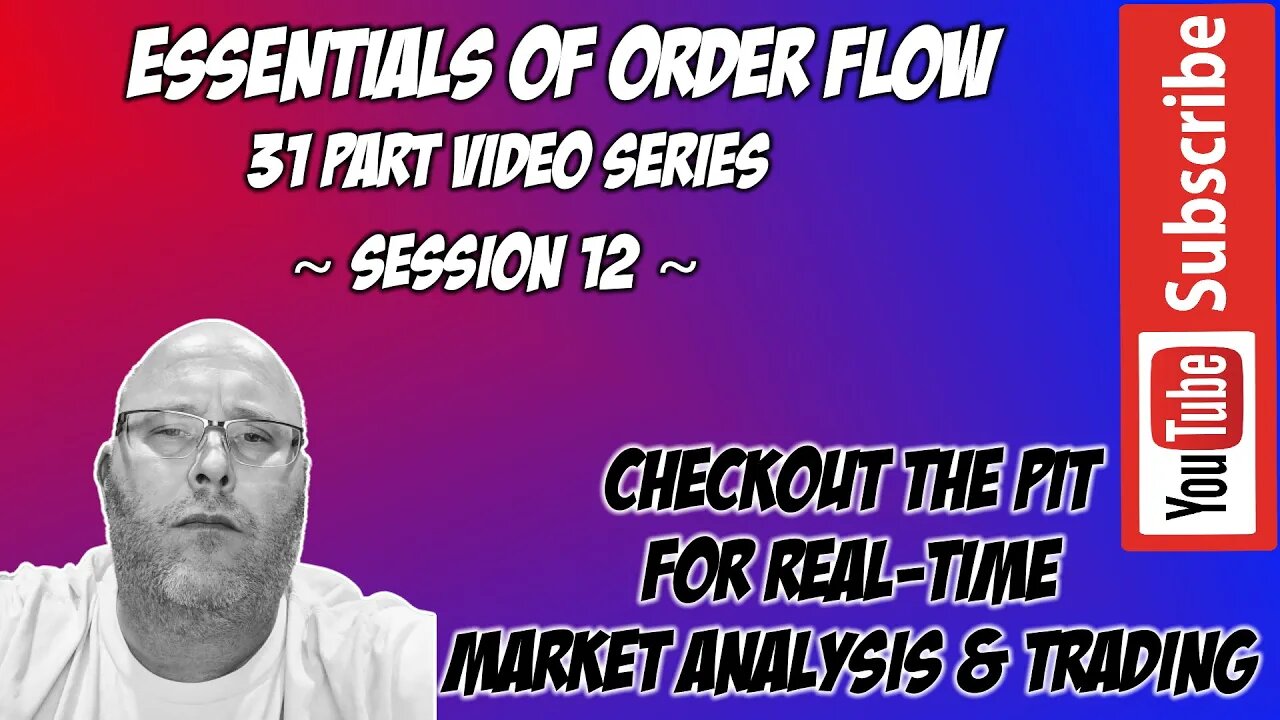
The DOM Introduction - Session XII - The Pit Futures Trading
#depthofmarket #orderflow #futurestrading
The DOM - Depth of Market
The DOM is the single best source of Order Flow information when it comes to putting on a trade at your defined levels. The key components of the DOM are:
I. Market Orders Lifting Ask / Hitting Bid
II. Pulling / Stacking Offers and Bids
In my opinion, these are by far the most important Order Flow data points you can use when putting on a trade. Everything that I look at, whether it be the Footprint setups with faded volume, completed auctions, imbalances or when up against LVNs identified on the Volume by Price chart, I am always checking the DOM to see if I am Buying with Buyers or Selling with Sellers.
While resting Orders and the Current Traded Volume Histogram are good pieces of information, they are less of a factor.
Columns of The Dom:
a. Market Orders hitting the Bid
b. Market Order lifting the Ask
c. Stacked Bids
d. Stacked Offers
e. Resting Offers (Sell Limit Orders)
f. Resting Bids (Buy Limit Orders)
g. Current Traded Volume Histogram
The Dom (Identifying Buying Strength and Offer Weakness)
In this image the Bids are stacked against the Offer 1468 / 692. Buyers are lifting the Ask with strong Market Orders while the response from the Sellers, Market Orders, are weak. This indicates that the market is Bid. With the stacked Bid Support you have a larger interest lifting the Offer, weakness on the Offer as displayed here marks a path of less resistance.
The DOM (Identifying Balanced Trade)
In the previous image we saw Buyers step in and overwhelm the Sellers and take the market higher. It is common after a move to see things even out and Sellers step in and stop the move. Here in this example we see the Offer stack evenly with the Bid and roughly equal size hitting the Bid and lifting the Offer. This is typically shown as balanced chop on the Footprint or other chart type.
The DOM (Identifying Selling Strength and Buying Weakness)
In this image the Offers are stacked against the Bid 1905 / 749. Sellers are hitting the Bid with strong Market Orders while the response from the Buyers, Market Orders, are weak. This indicates that the market is Ask. With the stacked Ask Support you have a larger interest hitting the Bid, weakness on the Bid as displayed here marks a path of less resistance.
The DOM (Identify Potential Volatility Premarket)
Often times in premarket when news is incoming the Bid and Offer will be completely pulled. When the news hits there is no liquidity in the Order Book. So the market can potentially whipsaw both directions till orders come back in to provide some liquidity. When I see this I have three choices:
I. Close any position
II. Tighten my stop
III. Do not initiate a new trade
In this DOM example, you can the stack on the Offer and Bid almost entirely pulled.
The DOM (Identifying Potential Volatility RTH)
During RTH hours liquidity of the Order Book is much greater. However, any dissemination of scheduled news can present noticeable changes in the structure of the Order Book. Scheduled news can be planned for; however, erratic tweets or events can result in swift changes of orders. This example was taken just prior to a planned news event. The disparity I see in the orders are Bids being pulled while Offers remain stacked.
Market shocks from unplanned events such as a sudden military event, natural disaster or even random tweets from high-ranking officials around the globe can be swift, violent and will create fast market conditions before you can blink. This is why you use stops, always, always and always.
-
 LIVE
LIVE
BonginoReport
2 hours agoNew Yorkers Are Movin' Out - Nightly Scroll w/ Hayley Caronia (Ep.173) - 11/06/2025
12,137 watching -
 LIVE
LIVE
Dr Disrespect
8 hours ago🔴LIVE - DR DISRESPECT - ARC RAIDERS - AGAINST ALL DANGER
1,444 watching -
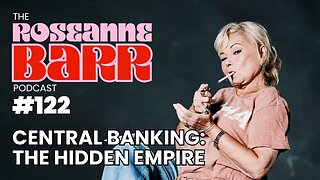 1:21:57
1:21:57
Roseanne Barr
20 hours ago“Central Banking: The Hidden Empire” W/ Mel K | The Rosenne Barr Podcast #122
107K85 -
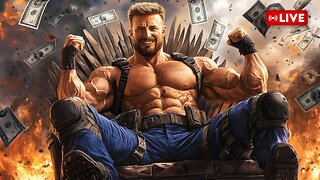 LIVE
LIVE
SpartakusLIVE
6 hours agoTOXIC Solos on ARC Raiders || Friday Night HYPE - WZ or Redsec Later?
71 watching -
 1:19:42
1:19:42
Russell Brand
4 hours agoTHE LEFT’S NEW STAR — What Zohran Mamdani’s Victory Really Means - SF647
118K31 -
 1:42:32
1:42:32
vivafrei
9 hours agoLive w/ Stanislav Krapivnik - Military and Political Analyst on Russia, Europe & Beyond!
58.2K18 -
 LIVE
LIVE
LadyDesireeMusic
2 hours ago $0.01 earnedYour Daily White Pill- Music & Convo
155 watching -
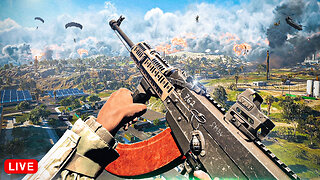 LIVE
LIVE
StoneMountain64
5 hours agoBattlefield REDSEC UNSTOPPABLE WIN Squad
82 watching -
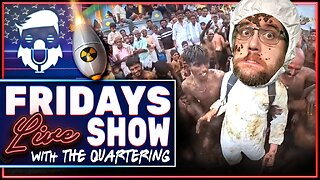 1:40:36
1:40:36
The Quartering
6 hours agoKimmel Pulls Show Mysteriously, Youtube Collapse? & Much MOre
110K59 -
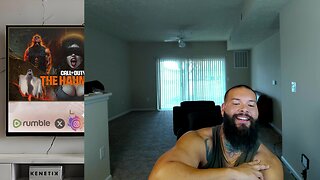 LIVE
LIVE
cosmicvandenim
6 hours agoCOSMIC VAN DENIM | OFF CHARACTER | WARZONE PRACTICE
80 watching